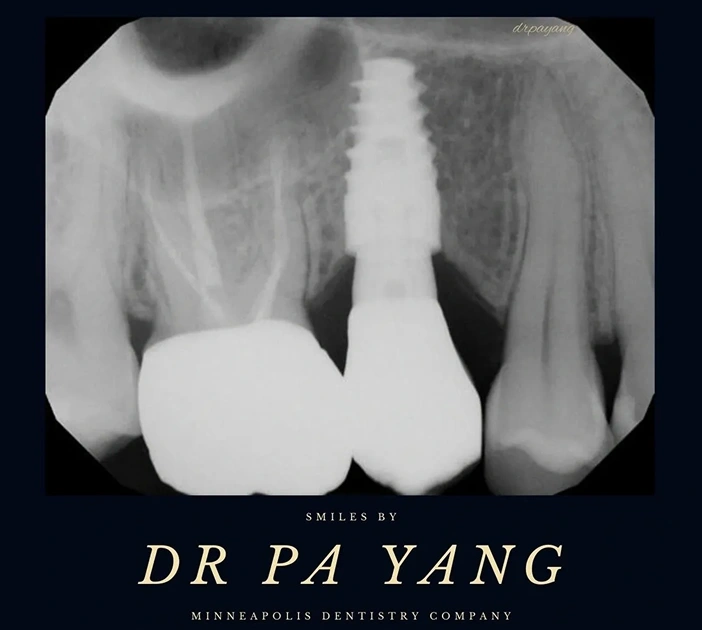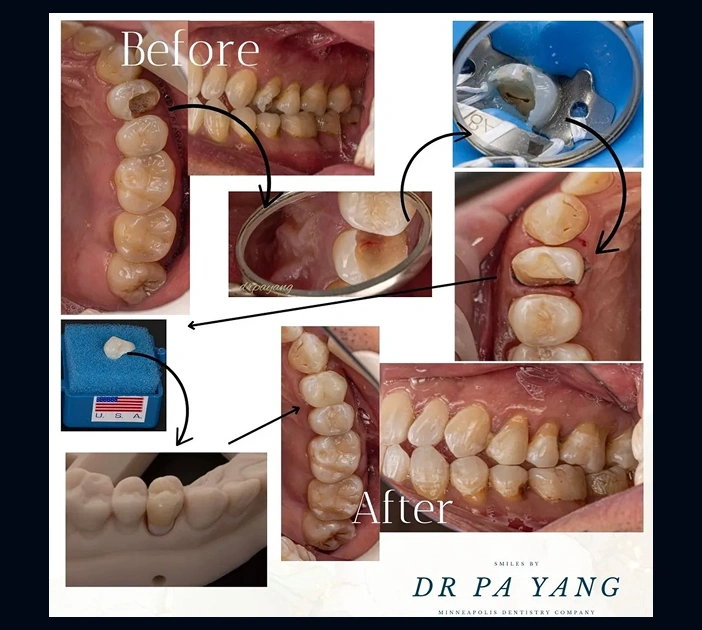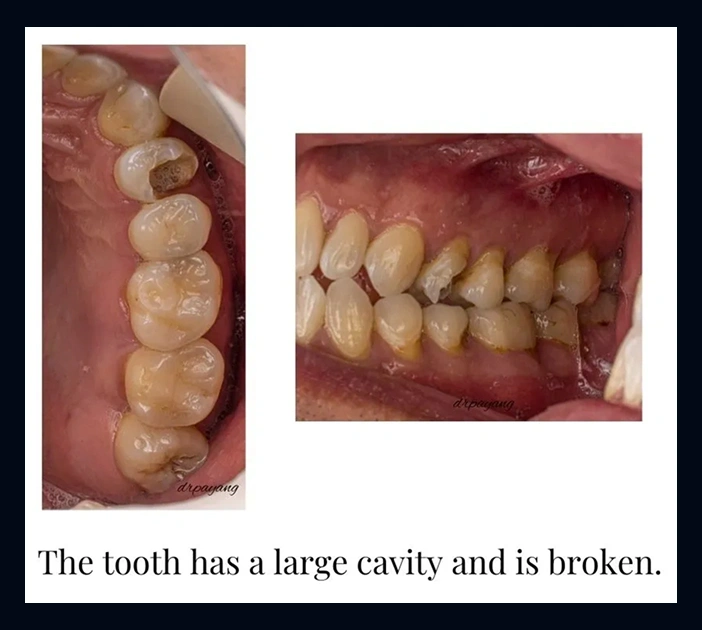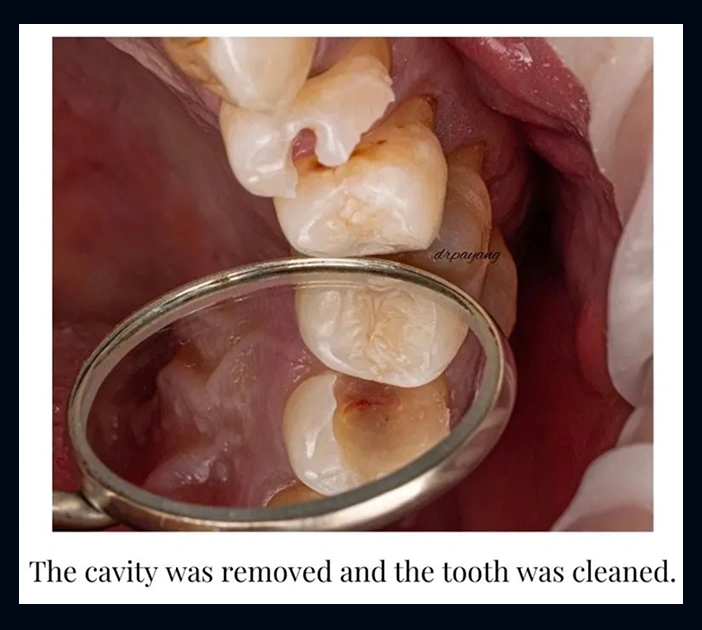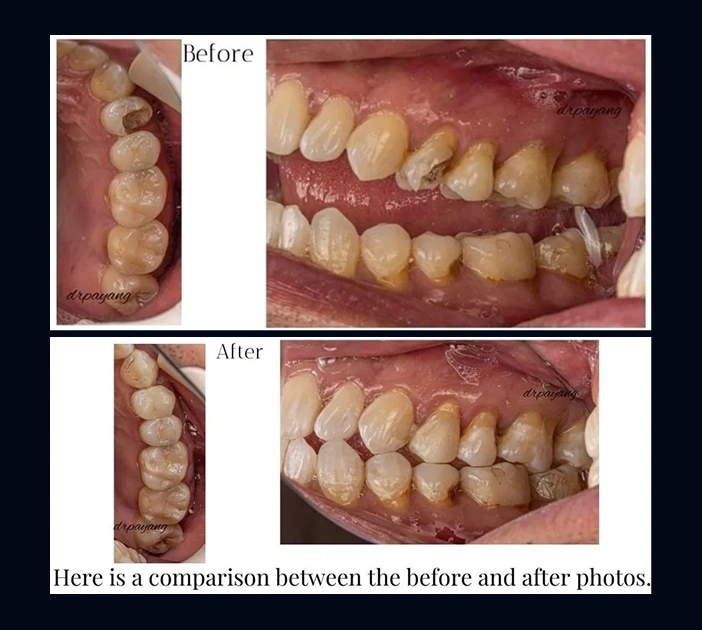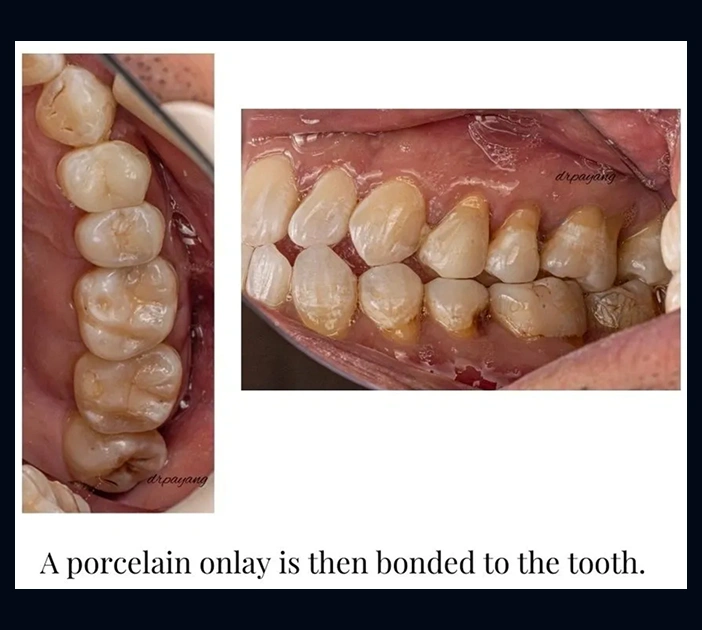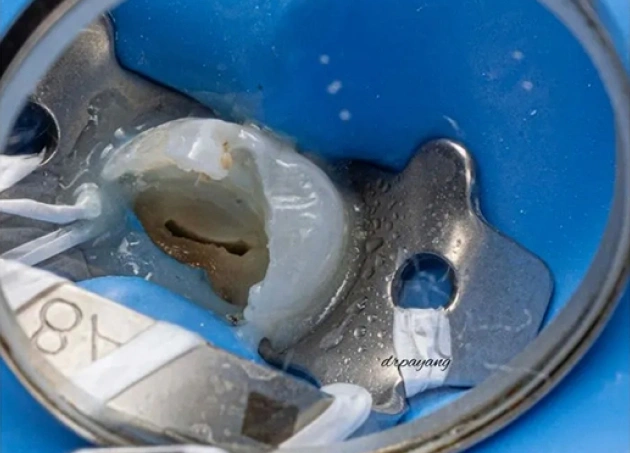
What is a Root Canal Treatment?
A root canal treatment, also known as endodontic treatment, is a dental procedure designed to save a tooth that is severely decayed or infected. The procedure involves removing the damaged pulp—the soft tissue inside the tooth—cleaning and disinfecting the root canals, and then sealing them to prevent further infection. This treatment not only alleviates pain but also preserves your natural tooth, allowing you to maintain a healthy smile.
Indications for Root Canal Treatment
Root canal treatment may be necessary if you experience:
- Severe Toothache: Persistent pain when chewing or applying pressure could indicate infection or damage to the tooth's pulp.
- Sensitivity to Hot or Cold: Prolonged sensitivity, even after the source is removed, may signal nerve damage or decay.
- Swelling and Tenderness: Swelling in the surrounding gums or face could suggest an infection that requires immediate attention.
- Discoloration of the Tooth: A tooth that has darkened may indicate pulp damage, necessitating treatment to prevent further complications.
The Process of Getting a Root Canal Treatment
The root canal process typically follows these essential steps:
Consultation
Your journey begins with a thorough examination, including X-rays (3D CBCT and 2D x-rays), to assess the extent of the decay or infection and confirm the need for treatment.
Anesthesia
A small opening is created in the crown of the tooth to access the pulp chamber and root canals.
Cleaning and Disinfecting
The infected or damaged pulp is carefully removed, and the canals are cleaned and shaped to eliminate any bacteria.
Sealing the Canals
Once cleaned, the canals are filled with a biocompatible material called gutta-percha to seal them and prevent future infection.
Restoration
After the root canal, your dentist may place a temporary filling. A follow-up appointment will be scheduled to fit a permanent crown, restoring the tooth’s function and appearance.
Revitalizing Teeth with Endodontic Care
Don’t Let Tooth Pain Hold You Back!
If you’re experiencing tooth pain or suspect you may need a root canal, don’t hesitate! Early intervention can save your tooth and alleviate discomfort. Contact our dental office today to schedule a consultation with our experienced team. Let us help you restore your smile and your confidence—because you deserve it!
